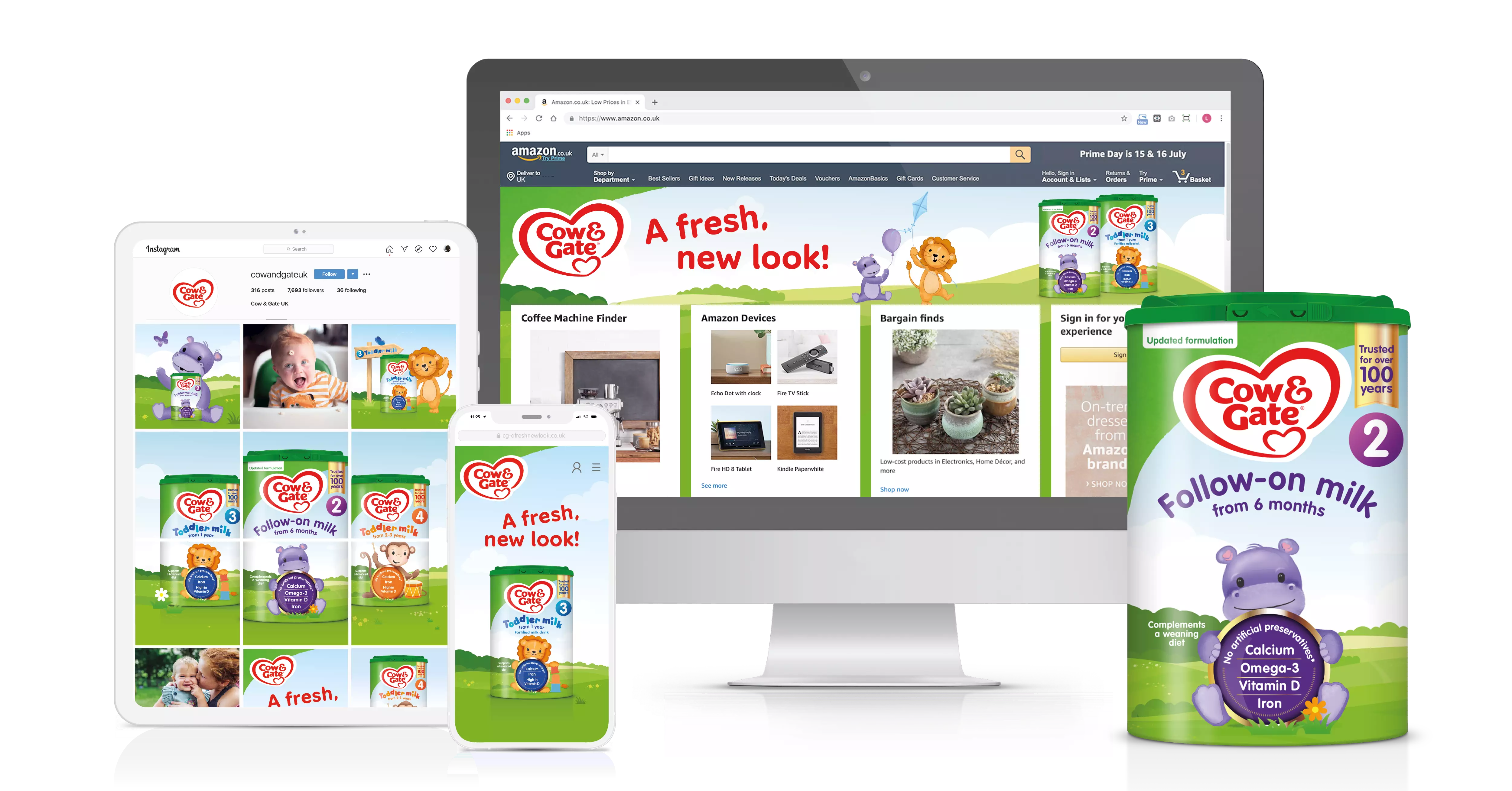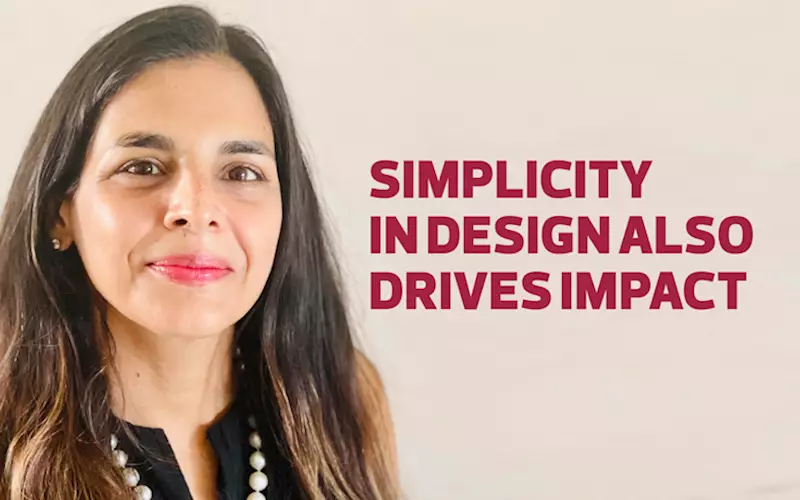Simplicity in design also drives impact
Many brands changed their visual identities in the pandemic and aimed to communicate with consumers through refreshed logos and designs which drew attention to the importance of design.
Eularie Saldanha caught up with Geet Nazir, managing partner, Conran Design Group India, who took us through the company’s launch in India, her mandate at the company so far, the role of design and how brands communicate using it...
16 Oct 2021 | By WhatPackaging? Team
What prompted the launch of the Conran Design Group (CDG) in India?
There was a clear design gap and Rana Barua, CEO, Havas Group India together with Thom Newton, CEO, CDG, had multiple conversations on the positioning, working model, the desired talent and clear perception for CDG in India before its launch.
Once we launched, our mission was to bring brands alive through design. We have been looking at expanding our footprints strategically, by identifying the biggest pockets of growth – both in terms of scope of work and revenue. India is a clear market for growth and it also made sense, keeping in mind the resurgence of the group in India, growth plans and the vision the new leadership had in mind.
You moved from the Taj Group of Hotels to lead this venture. How different is it at the agency side versus being a client? I have been on both sides and they are both rich environments to learn in. You get to see the business side of things as a client, but here, we have the opportunity to work on multiple categories. I cannot pick a favourite, but I’ve had some wonderful experiences across my journey. The learning that has stayed with me is to ensure continued guardianship and allow the vision of a brand to express itself without dilution across every single touchpoint.
What according to you is the role that design plays in brand-building, especially in the current digital ecosystem?
At an organisational level, it can define and bring to life the culture and creation of a sustainable corporate brand. At a product level, it can create more engaging brand experiences. In the current digital ecosystem, a customer experiences brands across several channels and this is where design thinking can leverage environments for storytelling and build a visually engaging world that helps differentiate a brand from its competition.

What do you have to say about advertising agencies doing the job of designing for brands?
In the end, we are all doing what the client wishes for. Design agencies have a great reason to exist since it takes the strategic thinking off the stakeholders and translates that into a product. Not to say that agencies don’t do that, but we have a strong strategic consultancy, which is the designing advantage that we bring to the table and why we exist. If we’re not creating a commercial and strategic advantage, we’ve not done our jobs. Design is not just an aesthetic afterthought, it starts from the process. As brands try becoming more sustainable - some believe that can be achieved by taking out layers of packaging.
What are the other methods and are brands looking at this seriously?
Brands today recognise their responsibility in creating a better world, and this has led to several optimisations across the ecosystem, in packaging and beyond. Design intelligence can inform better efficiency in the quality of sustainable materials, inks and substrates. It can also provide efficiencies in a single pack structure to improve the outer pack capacity, optimise logistics and reduce the carbon footprint.
Energy-efficient retail design through the optimised lighting and sustainable materials is another option. Impacting consumer behaviour from single-use to refills, or by creating a circular ecosystem that encourages upcycling and re-use of existing materials is another choice for eco-friendly brands.

How can eco-friendly brands communicate that through packaging?
Packaging is a critical touchpoint for building delight through positive brand experiences. While the obvious solutions are found in extending the brand philosophy of eco-friendly solutions to packaging substrates, it is important also to ensure that this is designed for an optimal brand experience.
You will never ignore something well-designed. The nuances are the delight of discovery. Design doesn©t have to work with expensive material. An eco-friendly brand that is minimalistic in its thought and is conscious of its impact on the world can still equally make an impact. It doesn’t have to be an over-engineered philosophy. Simplicity also drives impact.
What impact can an undesirable design have on a brand or company?
It can be a range of things, but it can start with a brand becoming disengaged from its consumers. This tends to have several ramifications, depending on whether the impact is strategic, aesthetic or business-oriented. While design is subjective, the starting point of design thinking has to be the identification of the ambition behind the brand. This step can avoid such undesired outcomes.
How are you planning on cultivating a client base in India? What kind of clients are you keen to work with?
We have seen great traction so far in the Indian market and are advantaged to have Havas’ multi-disciplinary network here. This gives us the brand knowledge and context to deepen engagement with existing clients. We have the flexibility of knowing many clients, reaching out to them proactively and understanding their requirements. However, we are not being too picky in terms of choosing clients.

During the pandemic, many brands looked to change logos to promote safety and hygiene. Was this something exciting or was it overdone?
This was the time when consumers sought out solutions to help them navigate unforeseen circumstances. Brands had the opportunity to reach out from behind the wall and build real relationships with their core audiences. The semiotics and logo evolutions we saw were a part of it and helped engineer meaningful connections between brands and their consumers. I am sure that brands that have gone through these changes had real reasons and a clear vision of why they were doing so.
What are the challenges the design category faces in India?
India seems like a challenging market but also presents a great opportunity. We do not see design as a quick fix or an upliftment. It needs time commitment and visioning from key stakeholders and we must recognise the value. Touchwood, there haven’t been any challenges for us, so far.











 See All
See All